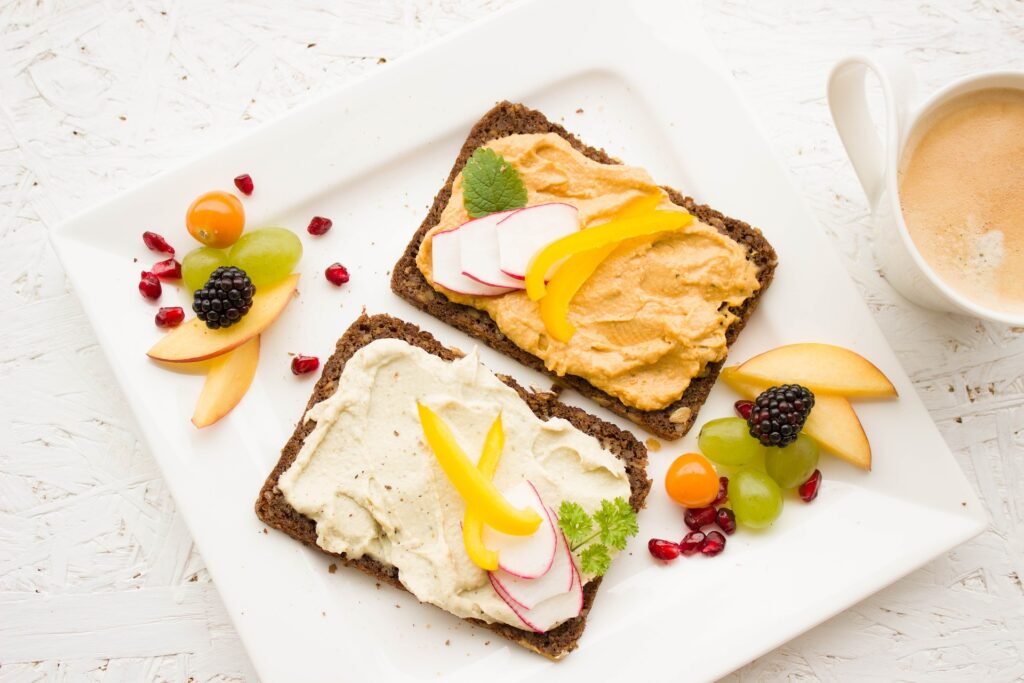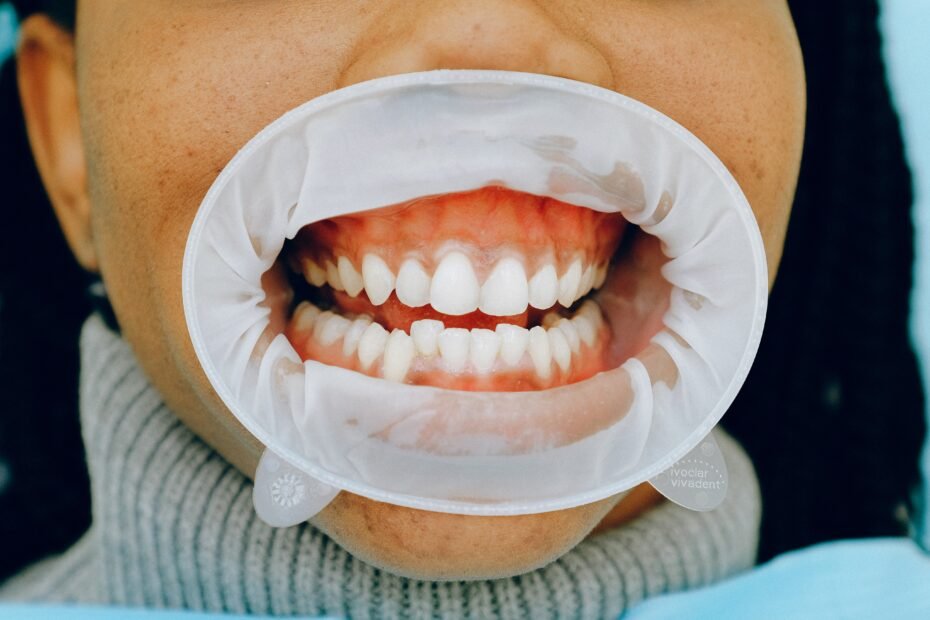What Can You Eat With A Broken Jaw?
Broken jaws can result in some pretty gnarly injuries. The most common problem is the inability to properly open and close your mouth. As soon as you notice pain in your jaw, stop eating anything solid until it heals.
Avoid hard foods, like steak, chicken, eggs, and cheese, because they require vigorous chewing. Also avoid crunchy foods, like popcorn and potato chips, because these foods require you to exert more force against your jaw. Instead, opt for softer foods, like mashed potatoes, flavors of ice cream, pudding, yogurt, apple sauce, and bread. These healthy food intakes do not require much chewing, which minimizes stress on your jaw.
A broken jaw can cause some serious problems. You might experience swelling, tenderness, bruising, bleeding, and even difficulty chewing. If you are experiencing any of these symptoms, it is best to seek medical attention immediately. However, there are things you can do to help yourself feel better while you wait for treatment.
Here are some tips to follow if you break your jaw:
1. Eat soft food
Eating soft foods like mashed potatoes, vanilla ice cream, pudding, yogurt, applesauce, and bread helps prevent further damage to your teeth and gums. A soft variety of foods like suitable foods don’t require much chewing, which reduces pressure on your jaw. This allows your jaw to heal faster.

2. Drink plenty of water
Drinking lots of water keeps your body hydrated, which prevents dehydration. Dehydration can make your muscles sore and stiff, making it harder to move your jaw.
3. Don’t chew gum
Chewing gum increases the risk of developing tooth decay because it requires you to use your tongue to push solid food into your mouth. Chewing gum also makes it difficult to open your mouth wide enough to swallow.

How Does A Broken Jaw Feel?
Broken jaws don’t always hurt. They can feel like a dull ache or throbbing pain. Sometimes, you might notice swelling around the area. You might even experience some numbness or tingling.
A broken jaw occurs when something causes trauma to the jaw bone. This could happen because someone hits your face with a fist or falls. If you break your jaw or had jaw surgery, three main types of injuries occur.
The first type involves fractures
Fractures— breaks in the bones. These usually require surgery to fix. Fractures can be caused by hitting your face against another object, such as a wall or door frame. A fracture can also occur when your head hits the ground while falling.
The second type of injury involves dislocations
Dislocations— where one side of the jawbone moves out of place relative to the other. Dislocations often involve the lower jawbone. When this happens, the teeth on the dislocated side of the jaw fall out of a jaw surgery patient. This is called avulsion. Avulsions can be caused by being hit in the face or falling onto an uneven surface.
The third type of injury involves luxation
Luxation— where the entire jawbone moves out of position. Luxations can be caused by clenching your jaw too tightly or chewing on hard objects.
Meal Plan For A Broken Jaw
A broken jaw is painful and you have to set your balanced meal for painful days;
Breakfast
The breakfast bowl is one of those things we never really think about until it’s gone. But now that I know how much better my morning starts with a healthy dose of soft fruit and protein foods, I want to make sure I always have some around.
1. Add a smoothie to your morning routine.
I love making smoothies because they take just minutes to prepare and provide me with everything I need for a nutritious start to the day. My favorite recipe includes spinach, banana, almond milk beverage, milk products, chocolate milk, warm milk, milk powder milk beverage, flaxseed oil, diet soda, tomato juice, lemon juice, orange juice, chia seeds, vanilla extract, cinnamon, nutmeg, ginger, turmeric, cacao powder, and coconut flakes. You could add anything else you like — berries, yogurt, nuts, etc. — depending on what you feel like eating that week.
2. Make oatmeal.
Oatmeal is another quick and easy option for a healthy breakfast. Just cook up a batch of steel-cut oats according to the package directions and stir in whatever toppings you like best. Try adding chopped apples, bananas, strawberries, peaches, blueberries, almonds, walnuts, pumpkin seeds, sunflower seeds, shredded cheese, honey, or maple syrup.

3. Start your day with eggs.
Eggs are a great source of protein and contain many vitamins and minerals including B12, vitamin D, selenium, zinc, iron, lutein, and folate. They’re also very versatile; you can scramble, poach, boil, bake or fry them. And since they’re high in cholesterol, they’re perfect for breakfast.
Mid-morning Snack
Breakfast is the most important meal of the day. But it doesn’t always happen in the morning. Many people skip breakfast altogether. If you’re one of those people, here are some reasons why you might want to start eating breakfast.
1. Breakfast helps you lose weight.
A study published in the Journal of Nutrition found that people who ate breakfast lost about 4 pounds over 12 weeks compared to 3 pounds among those who skipped meals.
2. Eating breakfast makes you happier.
A University of Illinois study found that people who ate a healthy breakfast had lower blood pressure and better moods throughout the day.
3. You’ll feel less hungry later in the day.
Research suggests that people who eat breakfast don’t experience a surge in hunger later in the day.
4. Your brain functions better.
A study published in Physiology & Behavior found that people who ate lunch within 2 hours of waking performed better on memory tests than those who didn’t eat anything during that window.
5. You’ll sleep better.
A study published by the American Academy of Sleep Medicine found that people who ate dinner within three hours of bedtime reported fewer nighttime awakenings and better quality sleep.
6. You’ll recover faster from exercise.
A study published in Applied Physiology, Nutrition, and Metabolism found that runners who ate a small snack immediately after exercising recovered quicker than those who skipped snacks.
Lunch
Breakfast foods are great any time of day, but there’s no doubt that lunchtime is the busiest meal of the day. We’ve rounded up some of the most popular breakfasts around the globe, from French toast to pancakes to crepes.
While lunch may be the busy meal of the day, there isn’t any rule regarding what kind of food choices should be served at this time of day. You can serve anything from bacon and hot cereal to scrambled eggs and hash browns. You can even go old school with eggs benedict. Just remember that whatever you serve must be nutritious and delicious.

Here are some lower-fat foods which might be best for you if you have a broken jaw;
1. French Toast
2. Pancakes
3. Omelets
4. Waffles
5. Crepes
6. Eggs Benedict
7. Scrambled eggs
8. Hash browns
9. Bacon
10. Cereal
Mid-Afternoon Snack
Sometimes after lunch, we get hungry again and snack. Sometimes we may get hungry between dinner and bedtime. Smoothies are a great mid-afternoon snack option. You get all the benefits of eating breakfast plus a little bit of nutrition at a later hour. Just remember that smoothies should only contain fruit and no added sugar.
An afternoon snack doesn’t have to involve food; it can simply mean drinking some warm herbal tea. Try chamomile, mint, or lemon balm teas. These are soothing and relaxing, making them excellent options for soothing sore muscles after exercise or for winding down after a long workday.
Try to avoid eating junk hot foods late in the evening, especially those high in refined carbohydrates. Instead, opt for more nutrient-rich choices, like vegetables, nuts, seeds, beans, and lean protein foods. By doing so, you’ll give yourself a healthier start to the night.”
Evening Snack
A snack is a bite-sized piece of food that helps you maintain healthy blood sugar levels after a meal. After a heavy dinner, your body needs fuel to replenish its glycogen stores. Glycogen is the form of carbohydrate stored in our muscles and liver cells. By eating carbohydrates instead of protein, we give our bodies the energy needed to perform physical activity.
You can drink a nutrition shake right after a big meal if you’d like. Try a ready-to-mix nutritional powder or drink mix. Nutritional shakes are typically made with whey protein concentrate, milk drinks proteins, carbs, and fat. The powders come in a variety of flavors, including chocolate, vanilla, strawberry, and raspberry.
Another option is a pureed fruit smoothie. These are similar to ready-to-drinks, except they are blended food without using ice. Simply combine any combination of fruits, vegetables, and protein powder. Add milk or yogurt for additional fiber and nutrients.”
Dinner
Dinner is also a very important meal of the day before going to bed. Blending foods is an easy way to make sure you are getting all the necessary nutrients in each meal. You don’t have to worry about counting calories or worrying about what you’re eating. Just blend up some fruits and veggies and you’ll be good to go.
A balanced diet includes all essential vitamins, minerals, proteins, and carbs. Water should always be included because it helps keep everything moving smoothly throughout your body.
Foods to Choose and Avoid
Broken jaws are painful. You shouldn’t eat anything that might cause further damage to your mouth. Some chewy foods may aggravate the pain, while others can heal the injury faster, so it pays to pay attention to what you eat after breaking your jaw.
As part of your initial recovery process, you should consume soft, well-cooked meals without chewing or swallowing any hard items. These include scrambled eggs, mashed beans or legumes, soft cottage cheese, and well-mashed fruits or veggies. As the bone heals, you can gradually add in harder cold foods, including crunchy vegetables or salads.

